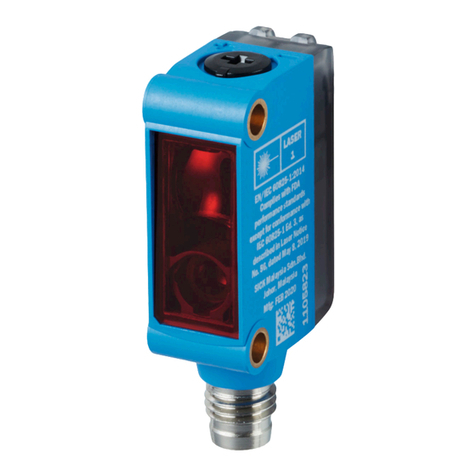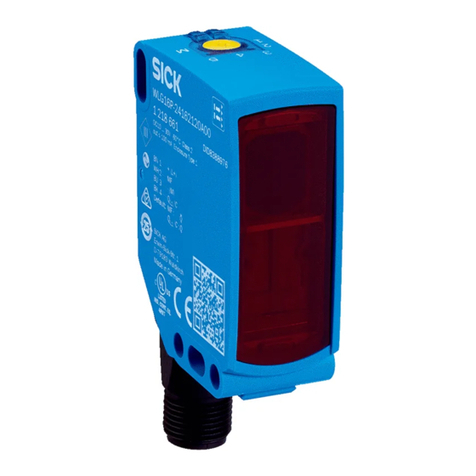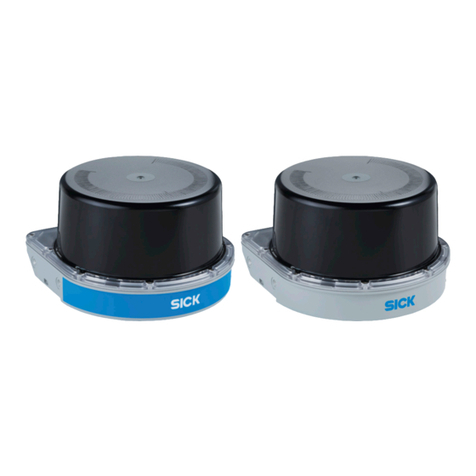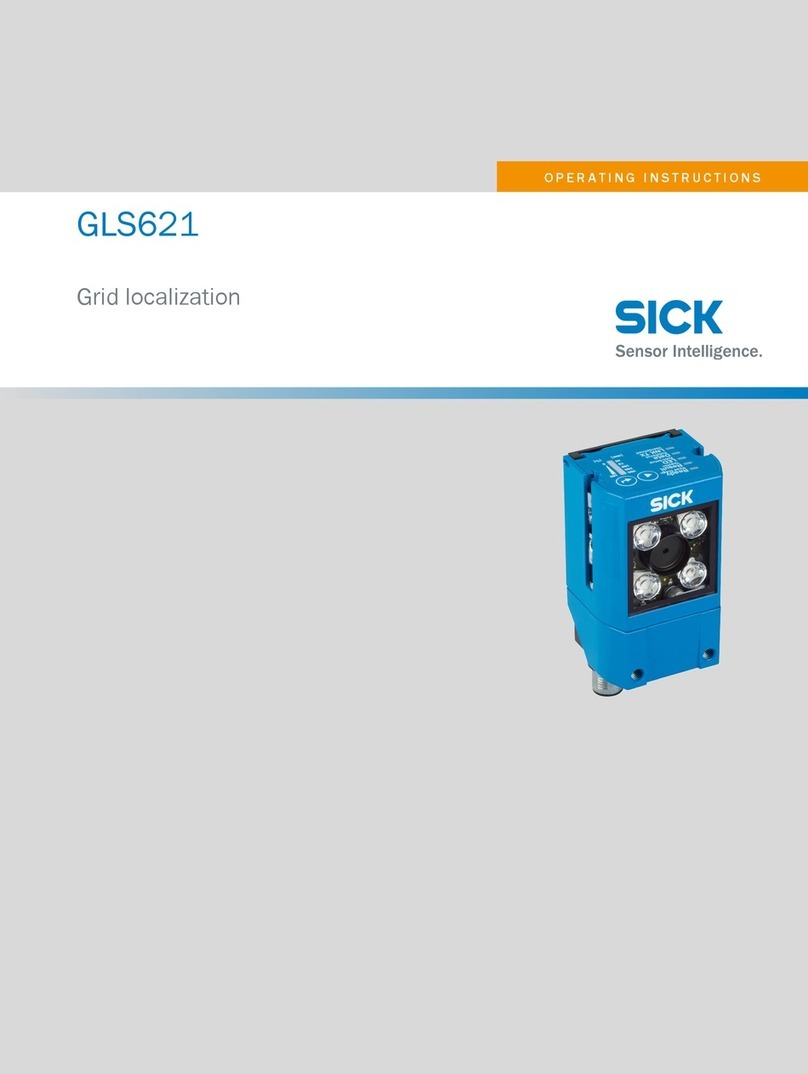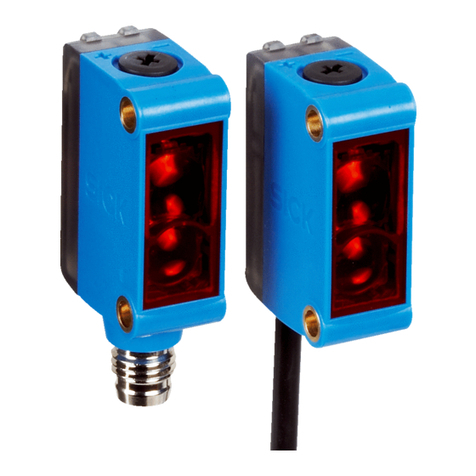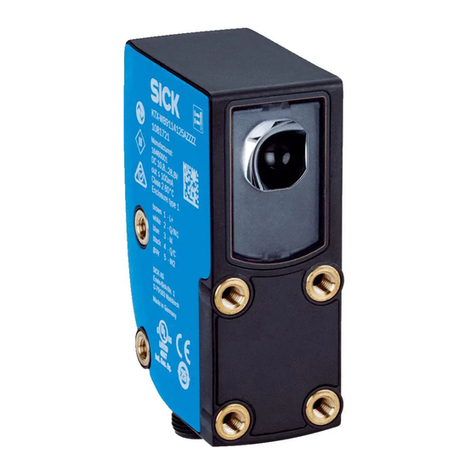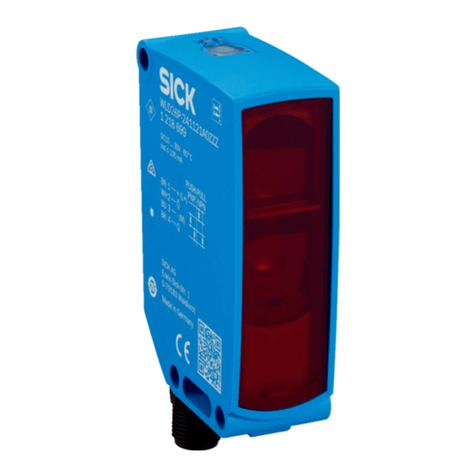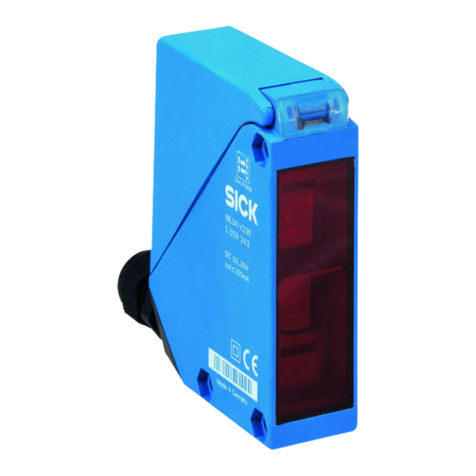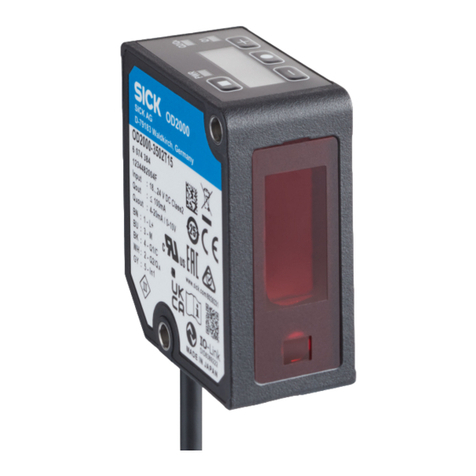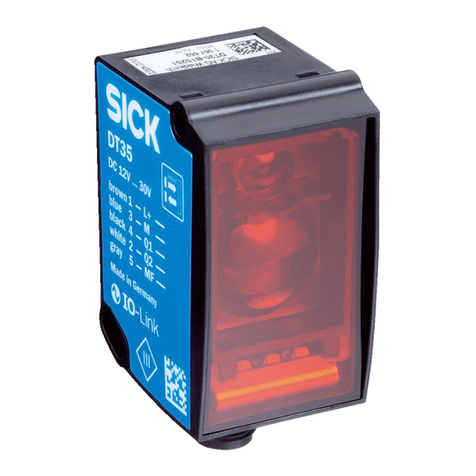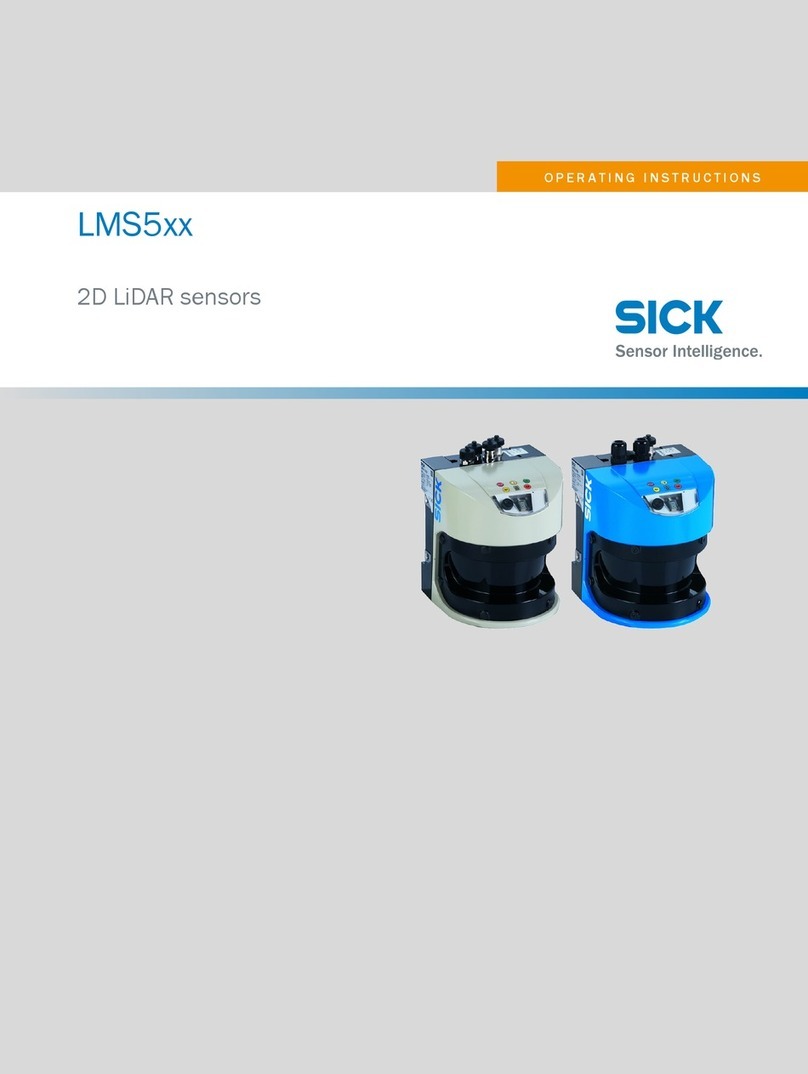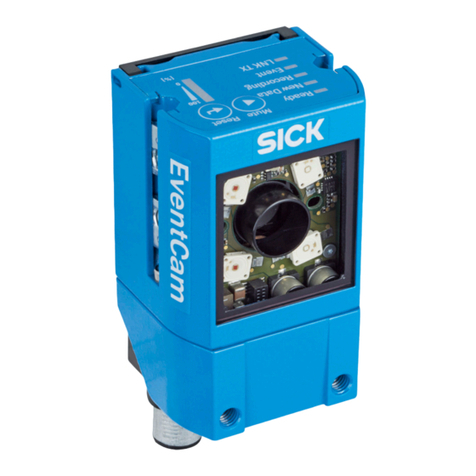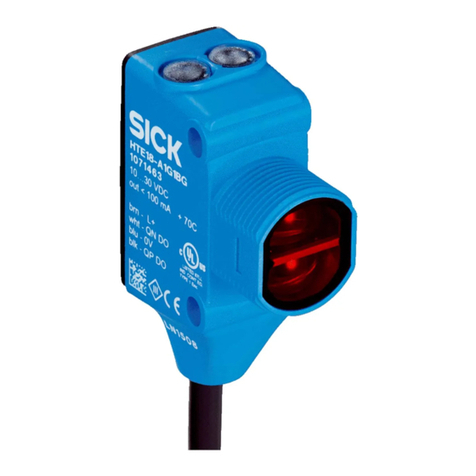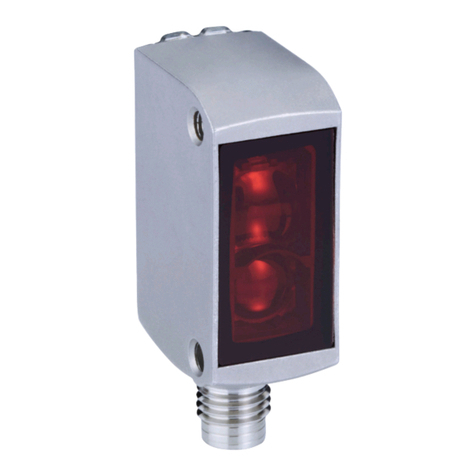
Contents
1 About this document........................................................................ 5
1.1 Information on the operating instructions.............................................. 5
1.2 Scope......................................................................................................... 5
1.3 Explanation of symbols............................................................................ 5
1.4 Further information................................................................................... 6
1.5 Customer service...................................................................................... 6
2 Safety information............................................................................ 7
2.1 Intended use............................................................................................. 7
2.2 Improper use............................................................................................. 7
2.3 Limitation of liability................................................................................. 7
2.4 Requirements for skilled persons and operating personnel.................. 8
2.5 Hazard warnings and operational safety................................................. 8
2.6 Eye safety.................................................................................................. 8
2.7 Repair........................................................................................................ 9
3 Product description........................................................................... 10
3.1 Product ID.................................................................................................. 10
3.2 Product features and functions............................................................... 11
4 Mounting............................................................................................. 12
4.1 Scope of delivery....................................................................................... 12
4.2 Installation requirements......................................................................... 12
4.3 Mounting the device................................................................................. 12
5 Electrical installation........................................................................ 14
5.1 Notes on electrical installation................................................................ 14
5.2 Note on the swivel connector................................................................... 15
5.3 Pin assignment of the connections......................................................... 15
5.4 Connecting the supply voltage................................................................. 15
5.5 Wiring the interfaces................................................................................ 16
6 Operation............................................................................................ 18
6.1 Edge teach-in and area teach-in.............................................................. 18
6.2 Operating elements.................................................................................. 20
6.3 AS30 Core menu tree............................................................................... 22
6.4 Additional settings via SOPAS.................................................................. 23
7 Troubleshooting................................................................................. 29
7.1 Possible errors during operation............................................................. 29
8 Maintenance...................................................................................... 30
8.1 Maintenance............................................................................................. 30
8.2 Cleaning the device.................................................................................. 30
CONTENTS
8022080.15LJ/2020-05-07 | SICK O P E R A T I N G I N S T R U C T I O N S | AS30 Core 3
Subject to change without notice
